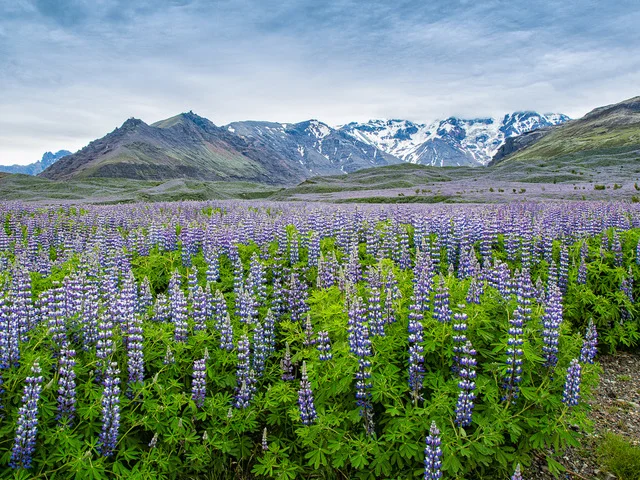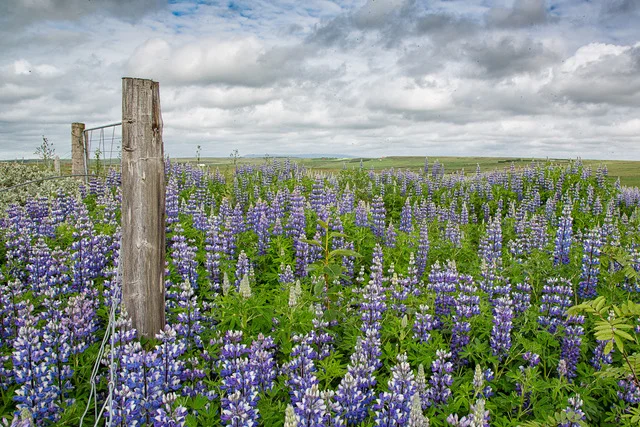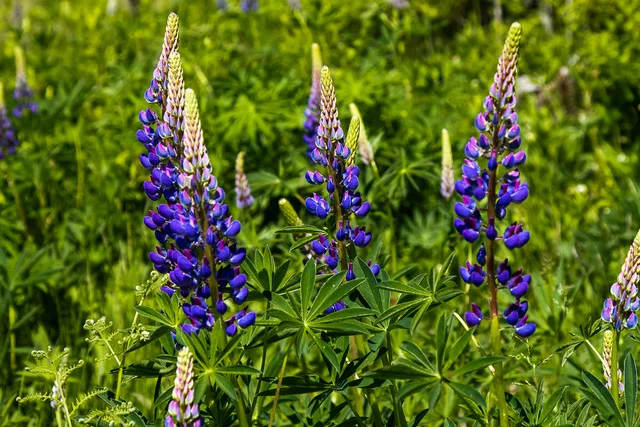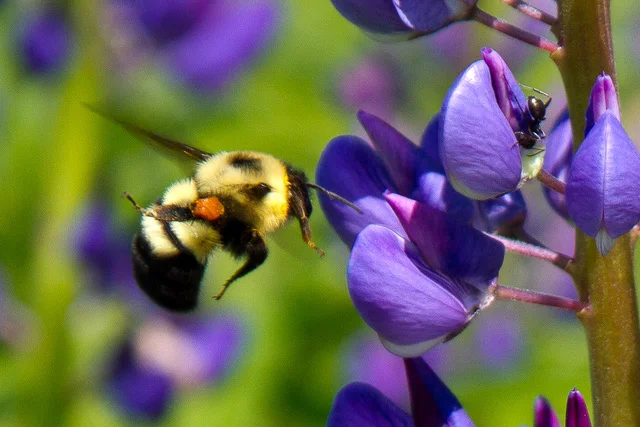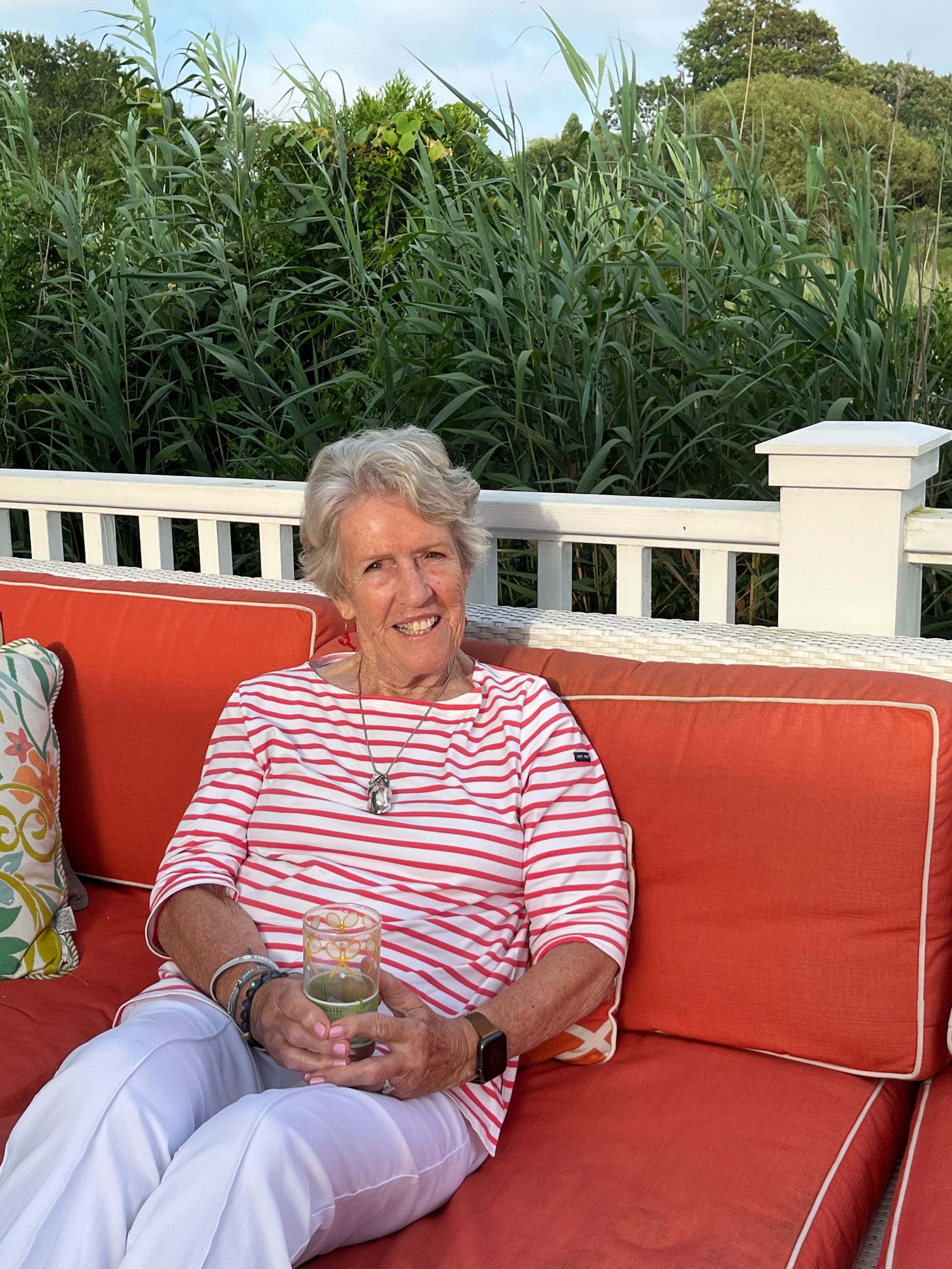LOVELY LUPINE
/Several years ago I visited my college friend Carol Weg who has a home in Southwest Harbor, a hefty four hour drive downeast from the Kennebunks. Standing on her front patio, we watched lobster boats and Hinckleys cruise past pine-tree-covered islands through sun-dappled Somes Sound. Beautiful, iconic, unique Maine.
But later that same June day, I discovered an even more spectacular view behind my friend’s home — a vast field of lupine in full flower. What’s this, I wondered, admiring the purple, pink, blue and white stalks swaying in a gentle afternoon breeze. I grew up in New Jersey and, with all due respect to the Garden State, we had nothing like this!
If you’ve never seen a meadow or hillside covered in lupine, come to Maine in mid-June for the big show. I asked Ken Janes, my friend and fabulous photographer, if he had photos to share, and he did. Some of his photos are from a trip he made to Iceland; others were taken right here in the Pine Tree state. His images speak more eloquently than any words I might write.
Enjoy the show!
Lupines thrive in poor sandy soil and are unaffected by droughts or insects.
Lupines are not pure natives of New England but early settlers valued them as a food crop. A member of the pea family, the seeds contain four times the protein content of whole wheat.
Lupines can be grown in a back yard garden but they are generally monocarpic (flowering only once). If you’re lucky, and a very efficient deadheader, they might limp back the following year. But generally, after blooming, lupines blacken, shrivel and add absolutely no beauty to a summer garden.
How lupines spread all over Maine remains a bit of a mystery even Siri can’t solve. Maybe just read “Miss Rumphius,” a story written by Maine author Barbara Cooney, about a girl named Alice who scatters lupine seeds throughout her town, making her little corner of the world a more beautiful place. Just like Maine during the summer solstice.
******************
“Lupines belong where we find them — all up and down Maine’s roadsides, where they can take their place in a natural succession of wild things starting with pale green grass and buttercups, extending through yellowing grass and black-eyed Susans, culminating in asters and seed stalks. Lupines may be the most flamboyant players in the cast. But they need the right sort of stage to strut their stuff.” (DOWNEAST magazine)

